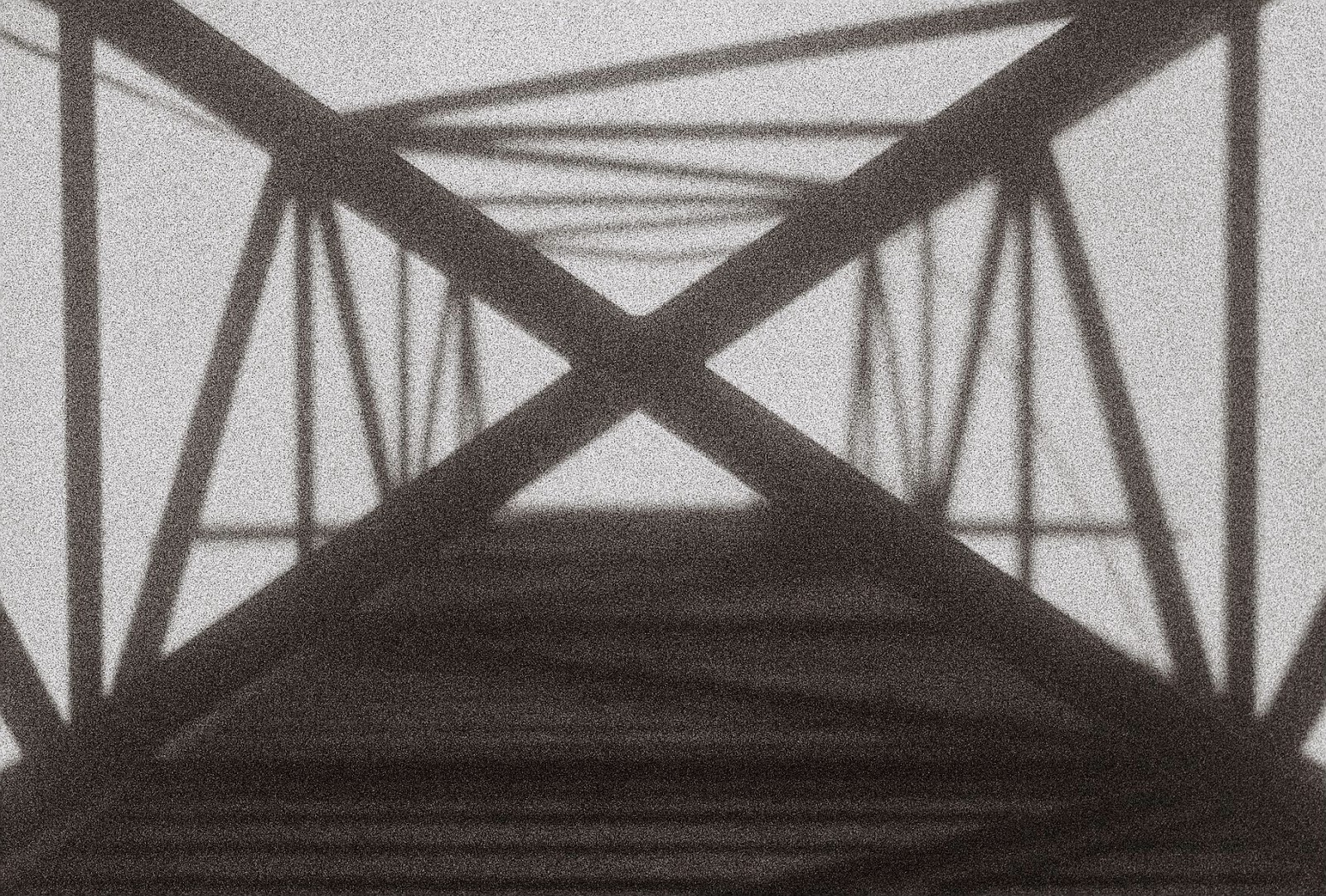Dungeness is one of the largest expanses of shingle in the Europe, and is classified as Britain's only desert by the Met office; Dungeness is a headland on the coast of Kent, England, formed largely of a shingle beach in the form of acuspate foreland. It shelters a large area of low-lying land, Romney Marsh and has a nuclear power station, 2 lighthouses and seemingly endless of amounts of deserted crumbling fisherman shacks. There are however still a few holiday homes nearby the road that have been well maintained, a small pub and gift shop/cafe by a light railway station.
Dungeness lies on the south east peninsula of kent
It really does feel like one of the UK's only wildernesses and despite receiving a few visitors each day it really does give an intense feeling of isolation. I attended on a cloudy autumn day and one can't help but be reminded from a scene of Hitchcock's 'The Birds' and a sense of otherworldliness.
A fishing boat marker, used to line up boats when going ashore, is begging to degrade with coils of steel rope unravelling at its base.
The shacks, mostly deserted have almost all lost their doors and protection from the elements. In some tools are laid out seemingly carefully on workbenches as if they were about to be used, but are now covered in dirt and rust. I couldn't help picturing some sort of horror movie where the town's people disappear over night leaving only traces of the tasks they were doing at the time.
Whilst moving through the shacks you could see distant solitary shadows moving along the horizon now and then. I was warned that some people may still live within these spaces.
The site is littered with rusting pieces of machinery which alone seem out of place to what this place has become
The decaying fisherman equipment has started to foster life allowing moss and grass a surface to adhere to
A decaying boat, pulled in from a catch and never used again, the rotting machinery are still attached to its stern that pulled it in
Train tracks, no longer going anywhere. Rotten carriages with there wheels collapsed inside of them are not far away
The power station and nearby string of houses, cafe, garden and pub are the only source activity in the area
Sunset on the nearby beach

























































